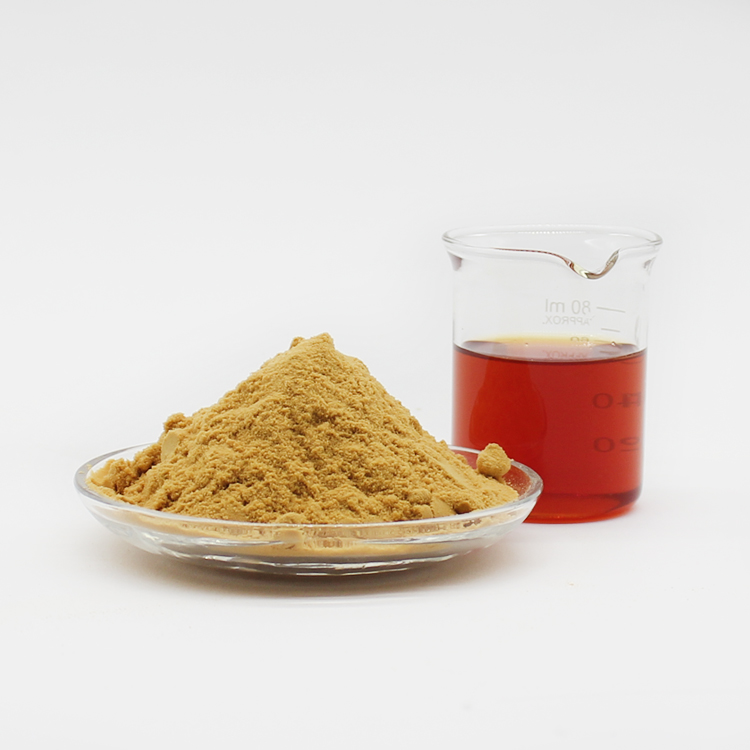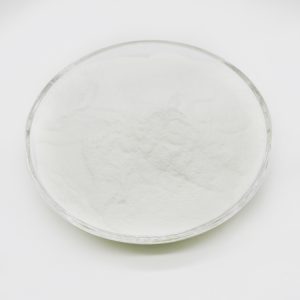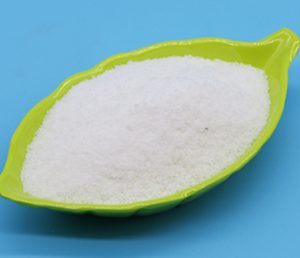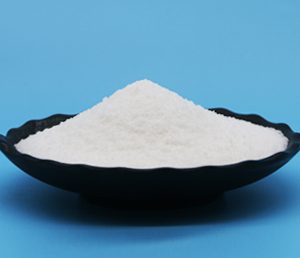Product Description:
PFS Polymeric Ferric Sulfate is an inorganic polymer coagulant with superior performance. Its morphological properties are light yellow amorphous powdery solid, easily soluble in water, and its 10% (mass) aqueous solution is a reddish-brown transparent solution with hygroscopicity. Polyferric sulfate is widely used in the purification treatment of drinking water, industrial water, various industrial wastewater, urban sewage, sludge dehydration, etc.

Product Technical Specifications:
| Item | I Grade | Ⅱ Grade | ||
| Liquid | Solid | Liquid | Solid | |
| Total Fe Content | 11% | 19% | 11% | 19% |
| Reducing Substance(Fe²) Content | ≤0.1 | ≤0.15 | ≤0.1 | ≤0.15 |
| Basicity% | 8.0-16.0 | 8.0-16.0 | ||
| Water Insoluble | ≤0.3 | ≤0.5 | ≤0.3 | ≤0.5 |
| PH(1%aqueous solution) | 2.0-3.0 | 2.0-3.0 | ||
| Cd% | ≤0.0001 | ≤0.0002 | – | – |
| Hg% | ≤0.00001 | ≤0.00001 | – | – |
| Cr% | ≤0.0005 | ≤0.0005 | – | – |
| As% | ≤0.0001 | ≤0.0002 | – | – |
| Pb% | ≤0.0005 | ≤0.001 | – | – |
Features:
1. New, high-quality, high-efficiency iron salt inorganic polymer flocculant;
2. Excellent coagulation performance, dense alum flowers, fast settling speed;
3. Excellent water purification effect, good water quality, no harmful substances such as aluminum, chlorine and heavy metal ions, and no water phase transfer of iron ions, non-toxic, harmless, safe and reliable;
4. It has remarkable effects in removing turbidity, decolorization, deoiling, dehydration, sterilization, deodorization, algae removal, COD, BOD and heavy metal ions in water;
5. The wide range of PH value of the water body is 4-11, and the optimal PH value range is 6-9. The pH value and total alkalinity of the raw water after purification have a small change range, and are less corrosive to the treatment equipment;
6. It has a remarkable effect on the purification of micro-pollution, algae-containing, low-temperature and low-turbidity raw water, especially for high-turbidity raw water;
7. The dosage is less, the cost is low, and the treatment cost can be saved by 20%-50%.
Application Fields:
PFS Polymeric Ferric Sulfate is a new, high-quality, high-efficiency iron salt inorganic polymer flocculant, mainly used for excellent water purification effect, good water quality, no harmful substances such as aluminum, chlorine and heavy metal ions, and no transfer of iron ions to the water, non-toxic, non-toxic Harmless, safe and reliable, it has remarkable effects in removing turbidity, decolorization, deoiling, dehydration, sterilization, deodorization, algae removal, COD, BOD and heavy metal ions in water, etc. It is also used for industrial wastewater treatment, such as printing and dyeing wastewater, and is also widely used in foundry, papermaking, medicine, leather, etc.
How To Use & Store:
When in use, the liquid polyferric sulfate is generally made into a 10%–50% aqueous solution (it can be added directly when the source water turbidity is high), and the solid polyferric sulfate is made into a 10%–30% aqueous solution, and then According to the specific situation, put the prepared solution according to the best conditions and dosage, and the best coagulation effect can be obtained after full stirring.
The dosage can be determined according to the different turbidity of raw water. For general turbidity (turbidity 100-500mg/L) water, use 30-50 kg of this product per thousand tons. Non-drinking water with high turbidity industrial sewage can be an appropriate dosage.
When treating industrial wastewater, dilute the first-grade polyferric sulfate to 1-2 times the aqueous solution. When the concentration of source water is high and the amount of treated water is large, it can be added directly. Then, according to the results of the laboratory simulation test, dosing according to the optimal process conditions and dosage, after full stirring, coagulation and settlement, clear effluent can be obtained.
Water purification plants can also be diluted 2-5 times before adding. The amount of dosage can be determined according to the nature of raw water through production debugging or beaker experiments, depending on the amount of alum flowers formed. The water plant can use the original dosage of other chemicals as a reference. Under the same conditions, the dosage of this product and solid polyaluminum chloride Roughly equivalent, it is 1/2-1/3 of the amount of solid aluminum sulfate. If the original liquid product is used, it can be determined according to the calculation of the corresponding drug concentration, roughly according to the weight ratio of 1:3.
A lot of practice has proved that ordinary polyferric sulfate is difficult to achieve the expected purpose in most cases. In general, it is necessary to conduct dosage form selection tests according to the medium and location, dynamic test to determine the best dosing point and the best dosing. In order to facilitate the continuous expansion of the application range of polyferric sulfate in the field of mining and metallurgy.
Under normal circumstances, it is prescribed to be used on the same day, tap water is required for dispensing, and a little sediment is a normal phenomenon. Pay attention to the hydraulic conditions and the formation of alum flowers in the three stages of the coagulation process.
During use, it is sometimes used together with polyacrylamide(cationic polyacrylamide, anionic polyacrylamide, nonionic polyacrylamide) , polyaluminum chloride(industrial grade PAC or drinking water grade PAC) according to the situation.
This product should be stored in a dry, moisture-proof and heat-proof place. During transportation, it should be protected from pollution by toxic substances, heat and moisture, and the packaging should not be damaged. The product is packaged in a plastic woven bag lined with a polyethylene bag, each weighing 25kg.
The difference between polyferric sulfate and polyaluminum chloride:
Polyferric sulfate can be divided into liquid, solid and reinforced polyferric sulfate according to the preparation method; polyaluminum chloride can be divided into spray drying type PAC and drum drying type PAC.
The quality between them is very stable, and the differences are as follows according to the effect of use:
1. Both polyferric sulfate and polyaluminum chloride are flocculants in water treatment agents.
2. They are different in color and quality standard. The main quality index of polyferric sulfate is total iron content, while the main quality index of polyaluminum chloride is alumina content.
3. The phosphorus removal and COD and BOD reduction effect of polyferric sulfate is better than that of polyaluminum chloride.
4. Compared with polyaluminum chloride, ferric sulfate has larger alum flowers and faster precipitation.
5. The cost of polyferric sulfate is slightly lower than that of polyaluminum chloride.
The above is the difference between polyferric sulfate and polyaluminum chloride. They have their own advantages and disadvantages, but the application of polyferric sulfate is relatively wider, and we can pay more attention to it when choosing.




